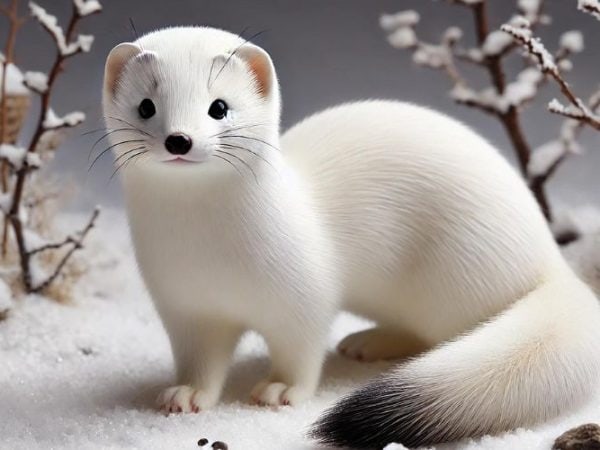Briefly
The walrus, as a symbol, is often associated with wisdom, transition, and protection. As a creature that lives both on land and in water, it signifies the ability to adapt and change, reflecting transitional stages in life. Their notable tusks represent defense and protection, and their ability to survive in harsh Arctic conditions symbolizes resilience and endurance. The walrus’ social behavior mirrors community and cooperation, teaching us the importance of unity and shared effort.
Walrus in Dreams
In the realm of dreams, seeing a walrus often symbolizes inner strength, power, and assertiveness. Psychologically, it may indicate a need to stand your ground and defend your boundaries in a situation. The walrus in dreams can also represent a guide, indicating a wise, influential figure in your life or an aspect of yourself that is seeking wisdom and guidance. Its adaptability between land and sea can suggest a need for flexibility or transition in one’s waking life.
Walrus in Myths and Folklore
In folklore and mythology, walruses hold varying symbolism. Amongst the indigenous Arctic people like the Inuit, the walrus is a revered creature considered as a provider and protector, symbolizing abundance and community survival. Its portrayal in European folklore is relatively scarce, but in modern literature, it appears in Lewis Carroll’s “The Walrus and the Carpenter,” where the walrus’s deceptive nature introduces themes of trickery and manipulation.

Read also Dolphin Symbolism & Meaning

Reviewed by Alexander Lys, M.L., a specialist in the field of symbolism research and dream psychology. A certified participant in numerous psychological seminars and courses, the author of hundreds of articles on psychology, including studies on symbolism in dreams and myths from a scientific perspective.



